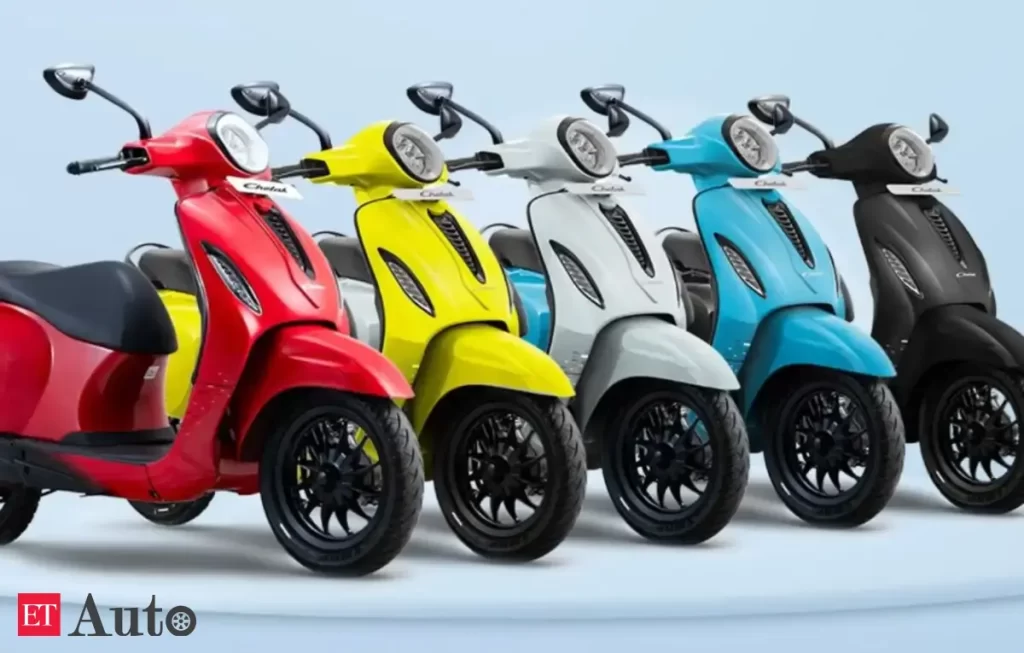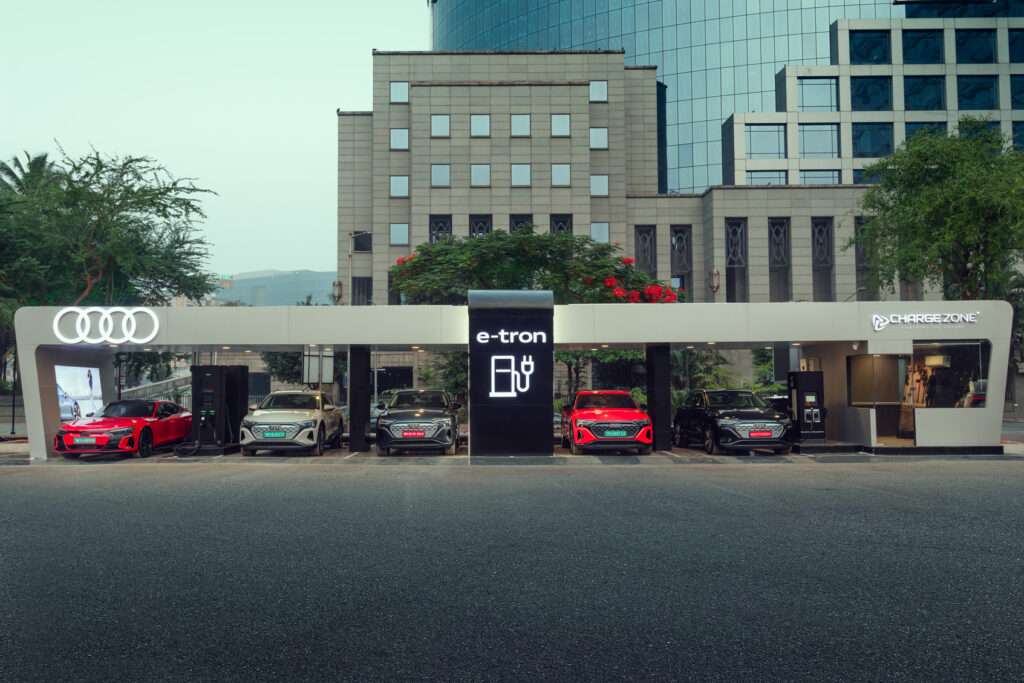In a significant move signalling its growing commitment to the electric mobility sector, Bajaj Auto Ltd, one of India’s leading two-wheeler manufacturers, announced that 60% of its capital expenditure (capex) for the financial year 2025–26 will be dedicated to its electric vehicle (EV) business.
The announcement comes at a time when the Indian automobile industry is witnessing a transformative push towards clean and sustainable transportation. The company’s decision is aligned with both market trends and government initiatives that promote the adoption of electric mobility across the country.
Speaking on the development, Rajiv Bajaj, Managing Director of Bajaj Auto, stated that the company sees the EV segment as not only a vital part of its future growth strategy but also as a commitment to innovation and sustainability. “Electric mobility is no longer a niche—it is the future. This investment reflects our intention to lead in this evolving space,” he said.
FOCUS ON AKURDI FACILITY AND PRODUCT INNOVATION
A major portion of the planned EV investment will be directed towards the expansion and technological enhancement of the company’s Akurdi plant in Pune, which currently serves as its primary EV manufacturing facility. The plant, which produces the Chetak Electric scooter, is expected to see upgrades that will increase its production capacity and support the introduction of new electric models.
The Chetak Electric, reintroduced with a modern design and smart features, has been well received in urban markets. Bajaj Auto now plans to scale up this brand with multiple new variants and improve its reach in Tier I and Tier II cities.
Sources within the company also indicated that work is underway to develop electric motorcycles under Bajaj’s popular Pulsar brand, as well as through its partnership with KTM, to cater to the growing performance EV segment.
ALIGNMENT WITH NATIONAL EV POLICIES
The move is in line with the Indian government’s sustained efforts to push electric mobility under schemes such as FAME II (Faster Adoption and Manufacturing of Hybrid and Electric Vehicles). State-level subsidies, rising fuel prices, and increasing consumer awareness about environmental sustainability have all contributed to the growing demand for EVs.
Industry analysts welcomed Bajaj Auto’s strategic allocation of funds. “This is a forward-looking step. With this investment, Bajaj is clearly signalling its intention to be at the forefront of India’s EV transition,” said Mahesh Patil, auto sector analyst at Axis Securities.
STRATEGIC SHIFT IN A COMPETITIVE LANDSCAPE
With an estimated ₹750–₹800 crore in total capex for FY26, the decision to allocate the lion’s share to the EV vertical marks a clear strategic pivot for the company. While traditional internal combustion engine (ICE) vehicles continue to account for a large share of sales, Bajaj Auto is positioning itself for long-term competitiveness in an increasingly electrified marketplace.
The company’s aggressive push into EVs comes amid heightened competition from rivals such as TVS Motor Company, Hero MotoCorp, and startups like Ather Energy and Ola Electric, all of whom are racing to capture a slice of the fast-expanding EV two-wheeler market.
LOOKING AHEAD
With the EV sector poised for exponential growth, Bajaj Auto’s capex realignment could serve as a model for other legacy automakers navigating the transition to electric. The success of this initiative will likely depend on execution, market response, and continued support from policy frameworks.
As FY26 begins, all eyes will be on Bajaj Auto’s EV roadmap and the rollout of its new electric models—an ambitious journey towards a greener and more electrified future.



